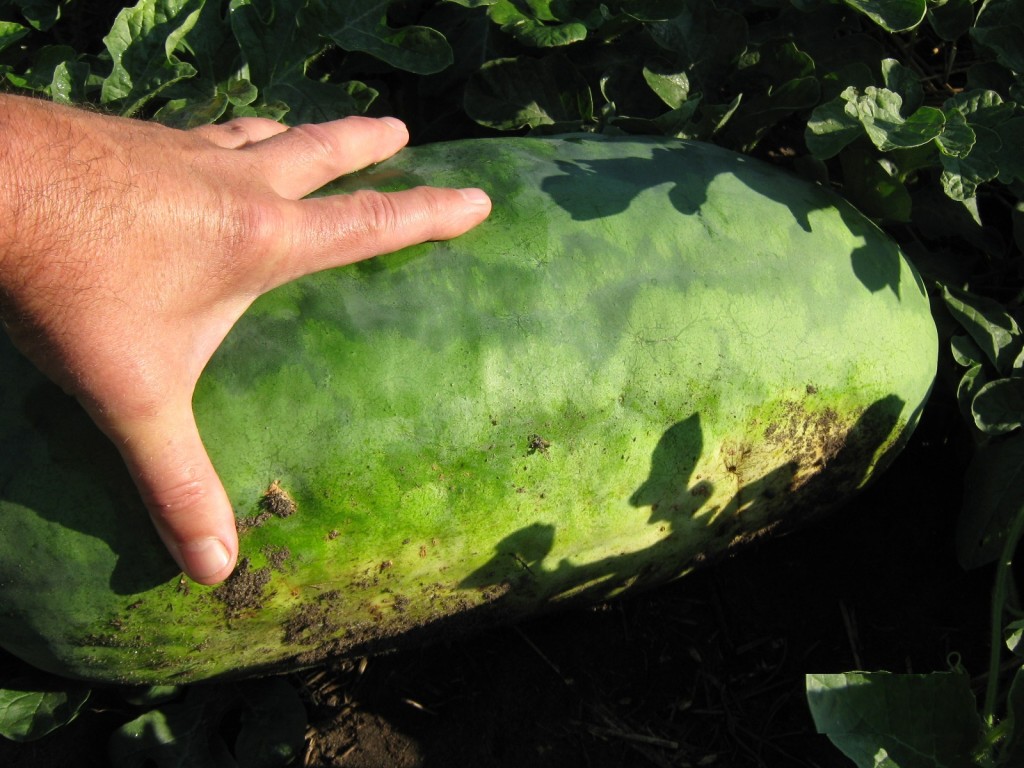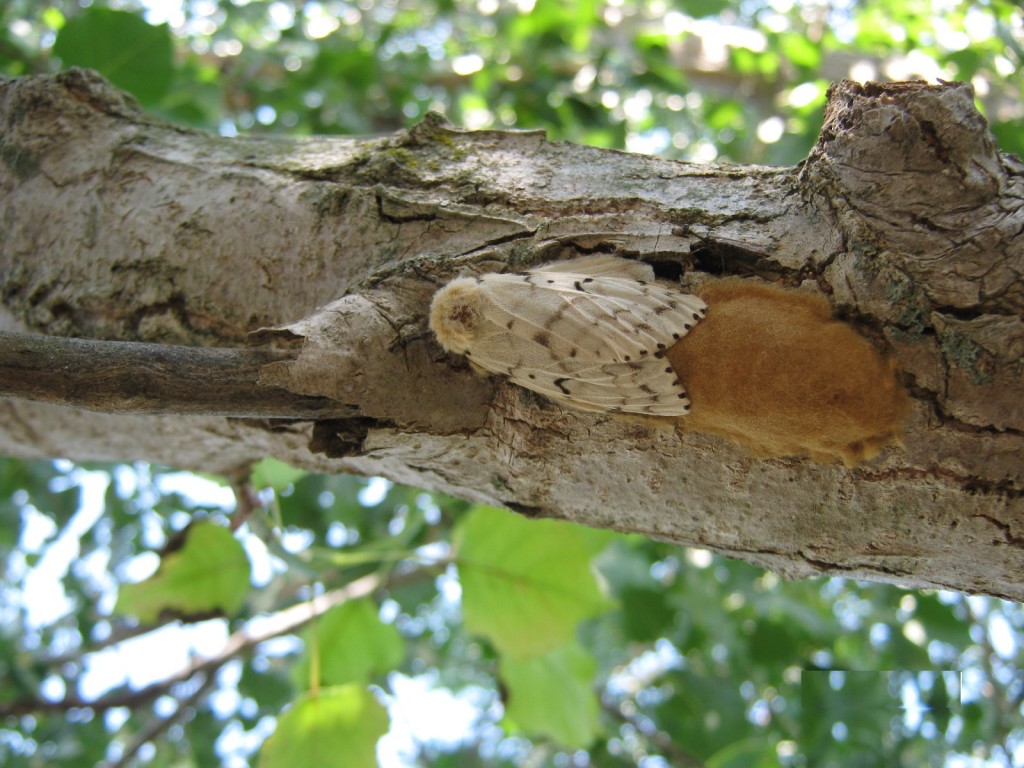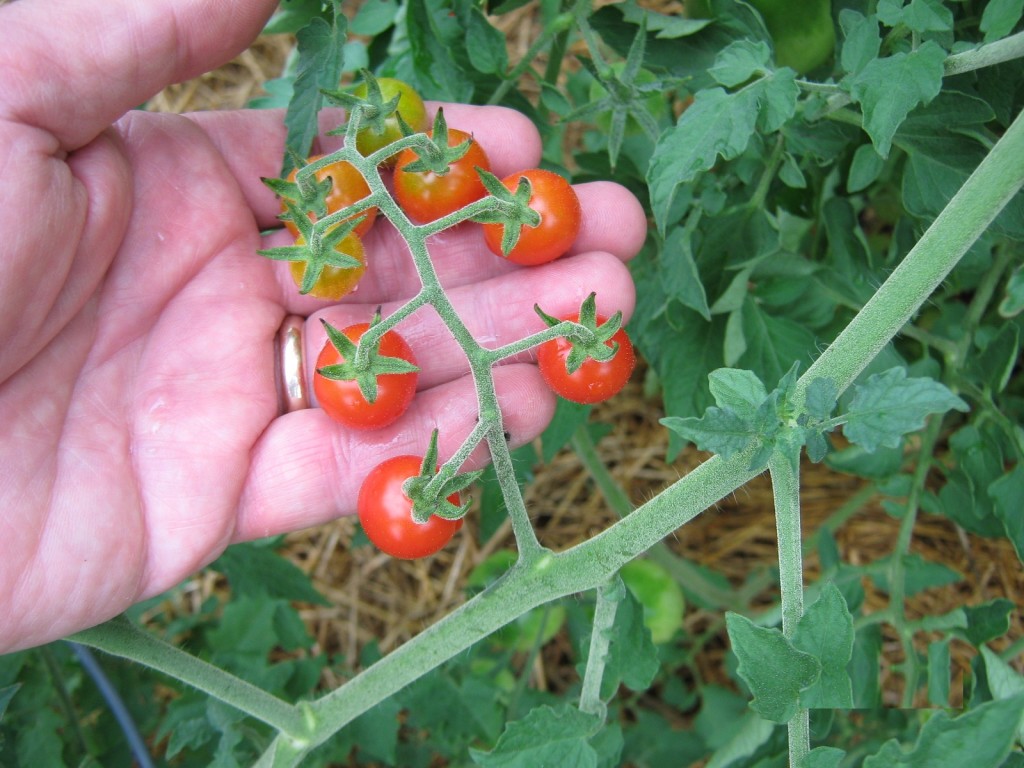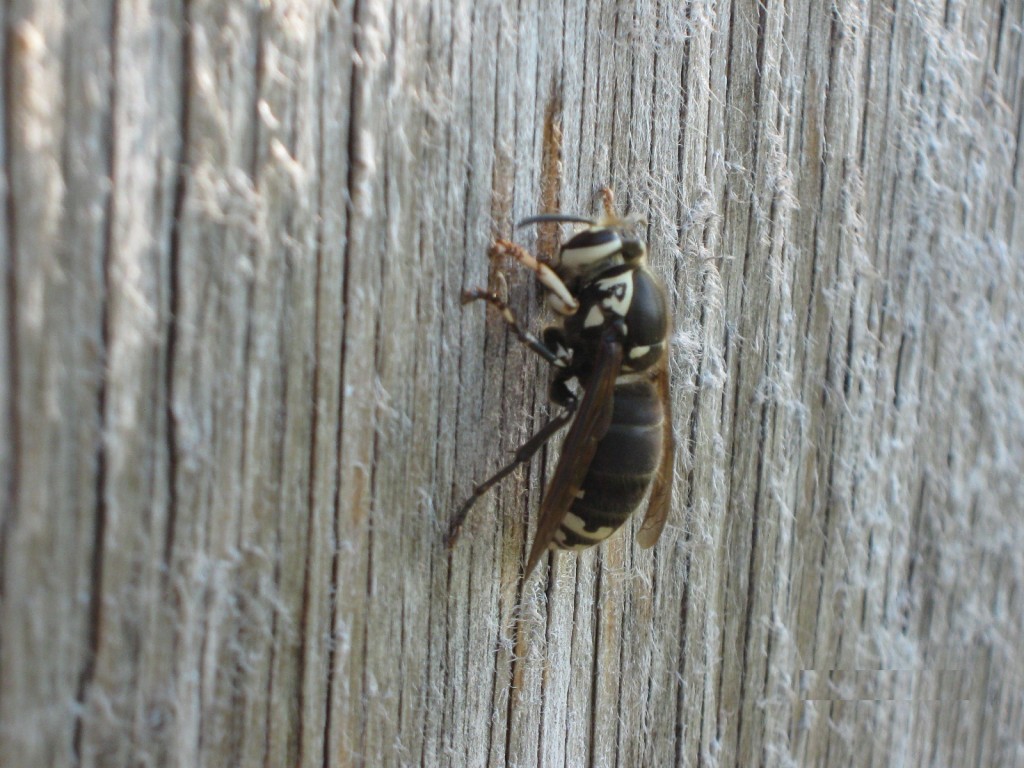I’m always amazed by how little time it takes for a watermelon to grow from a tiny little fruit to full size-melon. They grow so fast that every morning the melons are visually bigger than the day before.
The moment of truth comes at harvest time. I always get a little nervous when deciding when to pick since you can’t look through a watermelon rind to see what’s inside. On the other hand, experienced melon growers and pickers need only a quick look at the rind to tell if a watermelon is ready to go. The rest of us need to rely on clues the plant give us.
The first thing everyone likes to do is take their knuckle and thump the watermelon to see how it sounds. If you thump an unripe melon and compare it with one ready to pick, you can hear a distinct difference in the sound. The green melons have a more ringing sound compared to a ripe melon. Thumping, while fun to do, is not always reliable because some varieties are ready to go before they change sound. A dull thump may mean your melon is over-ripe.
The appearance of the melon and vine can tell us a lot. As a watermelon starts to ripen, the underside, where it rests on the ground, will turn color from white to pale yellow. Also, the curly tendrils growing near the melon turn color too, from green to brown.

After checking the underside of your melon, gently roll it back into place to keep the light colored ground spot from being scalded by the sun.
A few years back I was watching a watermelon grow all season. It was one of the smaller round varieties. I decided it needed one more day to ripen before picking. The next morning I went out to pick my melon. Everything looked fine until I picked it up — it was completely hollow. During the night a raccoon made a small, round hole in the side of my melon and reached in with its paw to scoop out the whole inside leaving just a shell. He must have been checking that melon every day too.
This year, there are plenty more watermelons in the garden that will ripen later in the season. We’ll have melons now until the end of the season.
Bob


